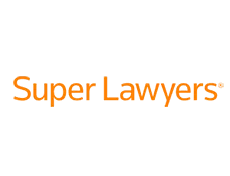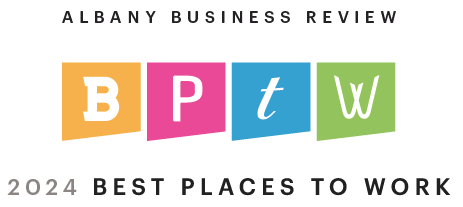New SBA Interim Rule
Jun 25, 2020The Small Business Administration has released additional guidance in the form of revised interim rules. We have put together the following highlights from the revised interim rules, though we advise that PPP loan recipients review the actual rule changes.
The following are the most significant points from the revised interim rules:
- Alternative Covered Period.Although there is the ability to select the 24 week or 8 week period, the alternative covered period for payroll from the pre-existing interim rules survived the revision. What this means is that for payroll costs only, a borrower can choose to start the covered period on the date of disbursement of the loan proceeds OR the first day of the first payroll cycle in the covered period (the alternative payroll covered period). Please consider all these options when electing a covered period.
- If Less than 60% of Loan Used for Payroll Costs – Still Eligible forSome Forgiveness. Differing from the Flexibility Act, the new interim final rule provides that a borrower who uses less than 60% of the PPP loan amount for payroll costs during the relevant covered period will continue to be eligible for partial loan forgiveness. Note that because the CARES Act is now clear on its face that 60% of loan proceeds must be used in order to receive forgiveness, the safest action is to follow the law, rather than the interim rules and use at least 60% of the loan on payroll costs.
- Increase in 100k Cap.The interim final rule increases the cap on individual employees’ salaries from $15,385 during the 8-week covered period to $46,154 during the 24-week covered period. However, the rule only increases the cap on owner compensation from $15,835 during the 8-week covered period, to $20,833 for a 24-week covered period, across all businesses owned.
- Early Submission of Forgiveness Application.The revised interim final rule clarifies that a borrower may submit a loan forgiveness application any time on or before the maturity date of the loan, including before the end of the chosen 8 week or 24 week covered period. If the borrower has used all of the loan proceeds for which the borrower is requesting forgiveness. However, if you choose to apply for forgiveness early, do not do so before you remedy any reduction in salaries (more than 25%). Borrowers who apply for forgiveness must calculate these reductions over the full covered period and cannot mitigate any reductions post-filing for forgiveness. While not specifically addressed, FTE reductions should be addressed before applying as well.
- Safe Harbor Due to Compliance with COVID-Related Documentation Guidance. If a borrower has reduced FTEs and intends to rely on the Flexibility Act’s new FTE safe harbor for businesses activity reductions due to a COVID shutdown order, a borrower must provide copies of the applicable COVID Requirements or Guidance for each business location, as well as any relevant borrower financial records.
Read the interim rule here: https://home.treasury.gov/system/files/136/PPP–IFR–Revisions-to-Loan-Forgiveness-Interim-Final-Rule-and-SBA-Loan-Review-Procedures-Interim-Final-Rule.pdf
Share














